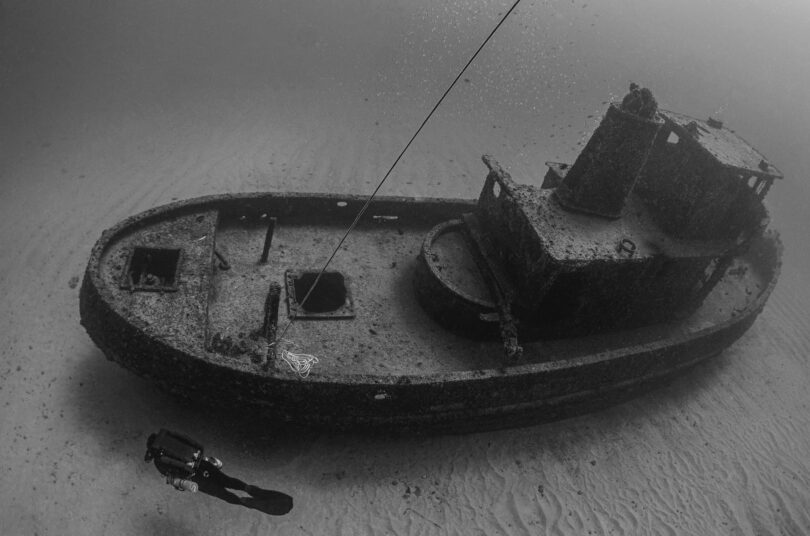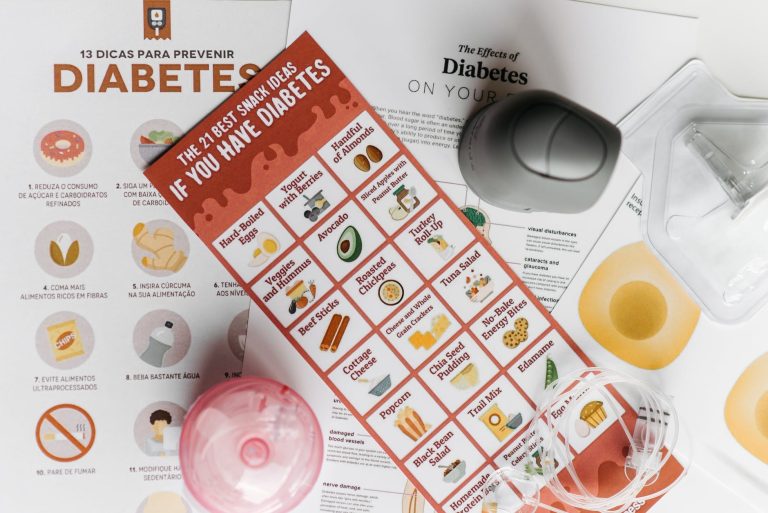I see a lot of memes and arguments about the fate of ARK Innovation ETF (ARKK) and Cathie Wood. I wrote this post to give everyone the definitive guide to what happens from here with ARKK. At this point, the losses are accelerating. Nothing can save this sinking ship (see what I did there?).
The first thing you need to know is that ARKK is not an etf in the traditional sense. Cathie Wood actively trades the portfolio and has made some serious portfolio construction errors. Even if the underlying stocks can stem the hemorrhage, it is more than likely that these mistakes are large enough to disband the ETF.
- Concentration risk 1: too much of the portfolio is concentrated in too few stocks. This is an issue because even if she is right on 9/10 stocks, one stinker can impact the entire performance. Right now, the biggest risk is Tesla. Even if her other positions recover somewhat, if Tesla falls (not saying it will, but IF) then this will be the death knell for the entire portfolio.
- Concentration Risk 2: ARKK owns multiple trading days worth of stock for some of these companies. The problem with this is if Cathie Wood has to sell a position, she cannot sell many of her holdings without tanking the price of the underlying. This risk is actually baked into ARKK since any up and coming tech company will by definition have fewer investors trying to buy in every day and thus fewer shares trading. You don’t liquidate when you want to. You liquidate when you have to.
- Correlation risk: all of her stocks are affected by the same macro themes. it doesn’t make sense that TSLA and Coinbase drop together, but both companies benefit from a low interest rate environment. If anything happens to the macro environment that effects market liquidity or general P/E multiples, then her entire portfolio will take a hit at the same time.
In general, you want a portfolio with uncorrelated assets. this is because if one asset goes up or down for non-fundamental reasons, you can arbitrage that against your other assets and wait for the securities to be rationally priced. Cathie doesn’t have this option.
4) Liquidity risk: ARKK owns large amounts of illiquid companies. If Cathie has to sell them off, ARKK is so big that their selling will have a material effect on the stock price. In general, this is why big dogs don’t mess with small caps. If you buy enough to make a difference in your portfolio, then there is not enough liquidity to exit if you need to.
THE MECHANISM: when you buy/sell your ARKK shares, the market cap of ARKK deviates from the Net Asset Value (NAV). This can be corrected when a market maker trades ARKK for ARKK shares or the underlying asset.
Example: if ARKK is going up because people are buying it, then the market cap will grow larger than all of the assets that ARKK owns. Cathie Wood can then print up more ARKK shares for free, and exchange them with a market maker who will buy up the proper amounts of the underlying assets. This increases the amount of assets that ARKK owns while keeping the market cap the same, which brings the market cap and Net Assets into balance.
When ARKK is going up, this has the effect of placing huge buying pressure on illiquid names. Since there are not that many sellers at any given price, the stock of the company will increase to draw more sellers into the market. This is especially true since ARKK got so big that it became a huge player in comparison to the companies it was buying.
Example: if ARKK is going down because people are selling, the market cap will deviate lower than the NAV. In this case, Cathie has to trade shares of the underlying to a market maker who buys ARKK shares in the market. Since the market maker is getting more shares
When ARKK is going down in market cap, a market maker gives Cathie ARKK shares and takes the underlying stocks in exchange to sell them. This is horrible if you are selling a large number of shares into into an illiquid market. large sell orders will push the price of the stock you are selling even further down.
The vicious cycle Cathie Wood is experiencing:
Non-profitable Tech falls—> All of ARKK takes a hit because it is all correlated—> people sell their shares–> Cathie Wood is forced to sell the underlying holdings—> The underlying holdings are very illiquid, so the stock price falls–> Repeat.
Cathie Wood attempted to break out of this pattern by selling her Tesla shares and rebalancing into her other holdings. This worked for a while because Tesla had an amazing run and ARKK could offload millions of shares without changing the price. The final nail in the coffin was Elon Must selling his shares. The market was forced to absorb so many Tesla shares that Cathie Wood could no longer sell the quantity of shares she needed to without tanking the stock.
Why ARKK will not recover even if Tech does:
If a huge whale stepped in to accumulate ARKK shares, Cathie Wood could issue more ARKK shares to buy more of the underlying companies. However, right now there are a huge number of people sitting on losses in many of these names. Any rally in these names will be seen as a selling opportunity to people who are pretty far in the red at the moment.
Even if ARKK investors are diamond handed investors, the companies themselves have decided to sell shares into the artificial demand created by ARKK. If you look at filings, many of the companies ARKK owns have decided to dilute shares to fund their business ventures.
In short, ARKK is a sinking ship. Get out while you can.
How can you benefit from this knowledge? I bought 30 ARKK Puts at a strike price of $42, expiring January 2023. I am currently up 300% profit on this trade. If ARKK fails completely, I would have turned $3,000 into $120,000.
This article was written by u/GME_200K.




